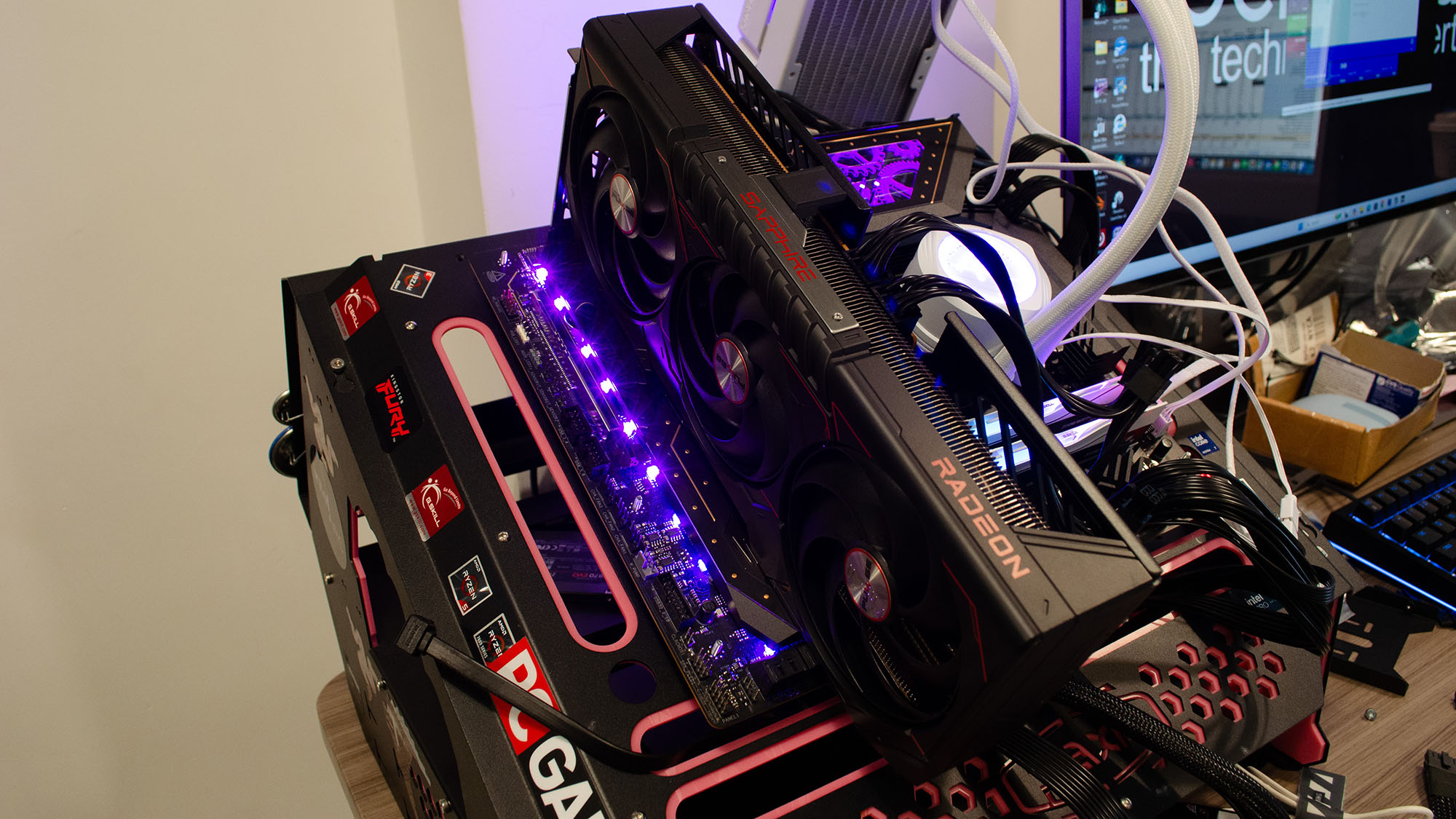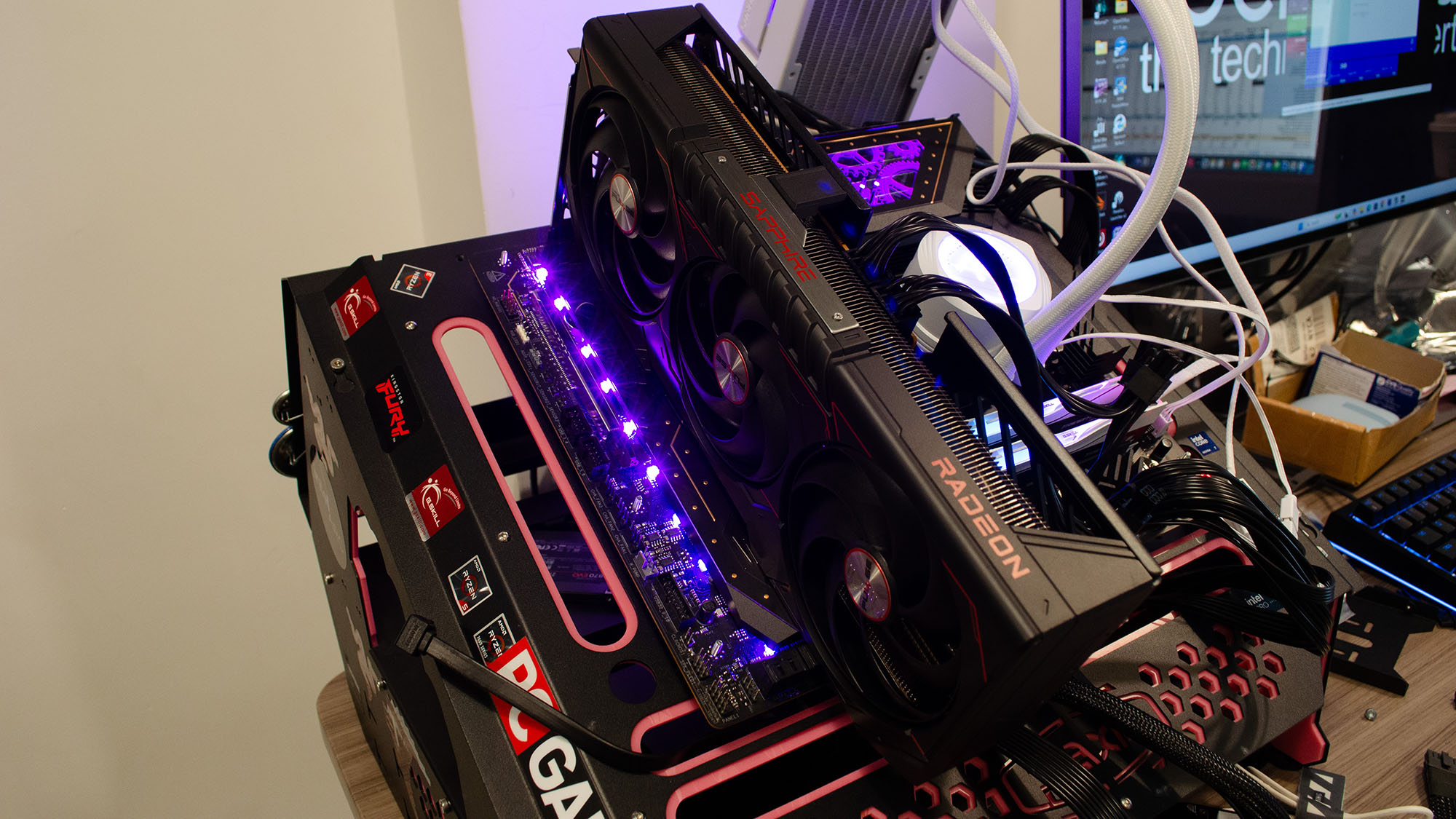- AMD’s head of client CPUs says it’s looking into dedicated NPU accelerators
- These would be the equivalent of a discrete GPU, but for AI tasks
- Such boards would lessen demand on higher-end GPUs, as they’d no longer be bought for AI work, as they are in some cases
AMD is looking to a future where it might not just produce standalone graphics cards for desktop PCs, but similar boards which would be the equivalent of an AI accelerator – a discrete NPU, in other words.
CRN reports (via Wccftech) that AMD’s Rahul Tikoo, head of its client CPU business, said that Team Red is “talking to customers” about “use cases” and “potential opportunities” for such a dedicated NPU accelerator card.
CRN points out that there are already moves along these lines afoot, such as an incoming Dell Pro Max Plus laptop, which is set to boast a pair of Qualcomm AI 100 PC inference cards. That’s two discrete NPU boards with 16 AI cores and 32GB of memory apiece, for 32 AI cores and 64GB of RAM in total.
You may like
To put that in perspective, current integrated (on-chip) NPUs, such as those in Intel‘s Lunar Lake CPUs, or AMD’s Ryzen AI chips, offer around 50 TOPS – ideal for Copilot+ PCs – whereas you’re looking at up to 400 TOPS with the mentioned Qualcomm AI 100. These boards are for beefy workstation laptops and AI power users.
Tikoo observed: “It’s a very new set of use cases, so we’re watching that space carefully, but we do have solutions if you want to get into that space – we will be able to.”
The AMD exec wouldn’t be drawn to provide a hint at a timeframe in which AMD might be planning to realize such discrete NPU ambitions, but said that “it’s not hard to imagine we can get there pretty quickly” given the ‘breadth’ of Team Red’s technologies.

Analysis: potentially taking the pressure off high-end GPU demand
So, does this mean it won’t be too long before you might be looking at buying your desktop PC and mulling a discrete NPU alongside a GPU? Well, not really, this still isn’t consumer territory as such – as noted, it’s more about AI power users – but it will have an important impact on everyday PCs, at least for enthusiasts.
These standalone NPU cards will only be needed by individuals working on more heavyweight AI tasks with their PC. They will offer benefits for running large AI models or complex workloads locally rather than on the cloud, with far more responsive performance (dodging the delay factor that’s inevitably brought into the mix when piping work online, into the cloud).
There are obvious privacy benefits from keeping work on-device, rather than heading cloud-wards, and these discrete NPUs will be designed to be more efficient than GPUs taking on these kinds of workloads – so there will be power savings to be had.
And it’s here we come to the crux of the matter for consumers, at least enthusiast PC gamers looking at buying more expensive graphics cards. As we’ve seen in the past, sometimes individuals working with AI purchase top-end GPUs – like the RTX 5090 or 5080 – for their rigs. When dedicated NPUs come out from AMD (and others), they will offer a better choice than a higher-end GPU – which will take pressure off the market for graphics cards.
So, especially when a new range of GPUs comes out, and there’s an inevitable rush to buy, there’ll be less overall demand on higher-end models – which is good news for supply and pricing, for gamers who want a graphics card to, well, play PC games, and not hunker down to AI workloads.
Roll on the development of these standalone NPUs, then – it’s got to be a good thing for gamers in the end. Another thought for the much further away future is that eventually, these NPUs may be needed for AI routines within games, when complex AI-driven NPCs are brought into being. We’ve already taken some steps down this road, cloud-wise, although whether that’s a good thing or not is a matter of opinion.
You might also like
Services Marketplace – Listings, Bookings & Reviews
